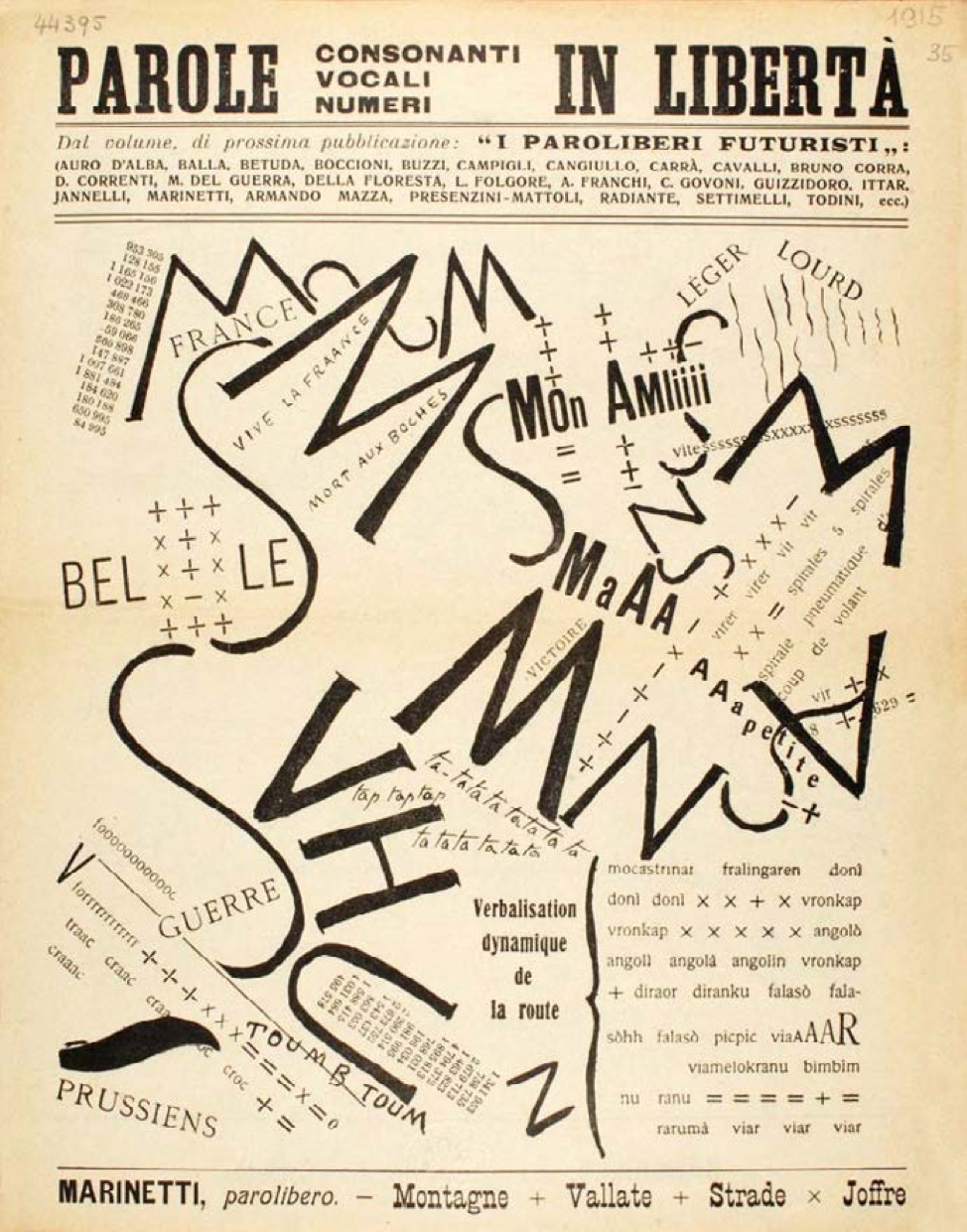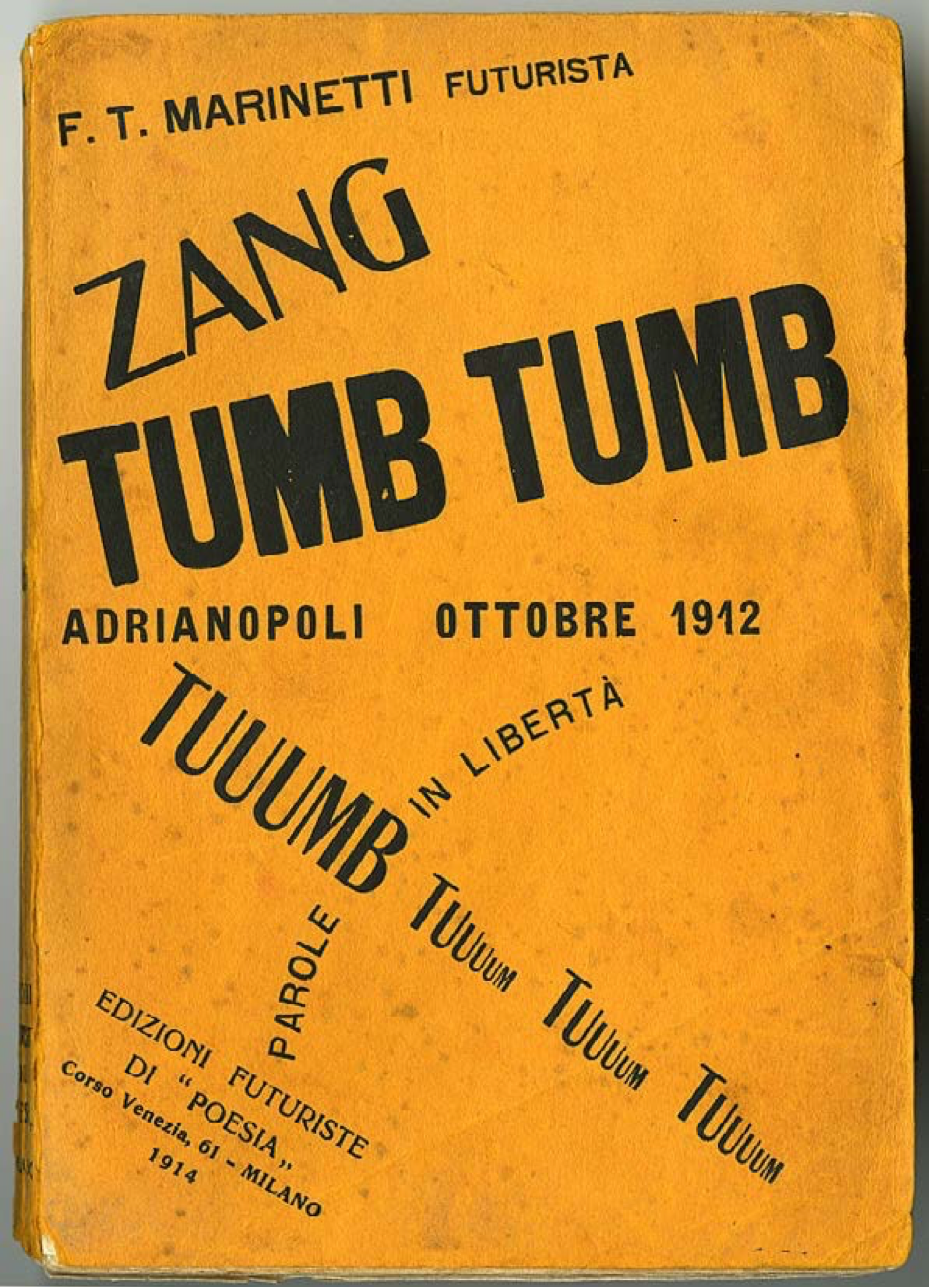Was Disney Pixar's "Monsters, Inc." Inspired by Futurism?
- Brianna Dresbach
- Apr 24, 2019
- 3 min read
When it comes to the large influx of movies created both by Pixar and Disney, many comparisons can be made between said movies and the culture, art, and history around the world. However obscure or obvious these comparisons may be, it can be said that whatever inspiration was used is not only reflected in the film's style but in its story as well. Take Monsters, Inc. for example. Created in 2001, this forgotten film takes place in a world where monsters actually do exist in closets and under beds. Easily overlooked by most, when watching the first few seconds of Monsters, Inc. Pixar gives the audience insight into the film's story by just having them watch the playful opening. How is this done? By simply portraying the concept and style of Futurism of course.
Monsters, Inc. Opening Scene
To even begin to understand this analogy, one must first understand the basic concepts of futurism. Influenced by the previous cubism movement, a multitude of art and design surrounding geometric abstraction and pictorial space arose along with aggressive and brash manifestos as well. Beginning in 1909, this new artistic and social movement glorified radical themes such as youth, speed, the future, modern life, and so on.

Although the images in Monsters, Inc. are more symbolic towards the cubist movement because of the sharp and abstract geometric shapes, it is actually the typeface that is the key to understanding the movie as a whole.
Monsters Inc. (top and bottom) and Cubism (bottom right)
When watching the beginning of the movie, color and sound immediately fill the screen. The images, as well as the letters, have a brilliant energy and move around with equal noise and speed. These letters move about the screen as if they were alive, thanks to the many sounds given to them. This is the exact energy and aesthetic that surrounds futurism.
Futurist typography consisted of different sizes, weights, and styles of type that turned the page into a work of art. Like Monsters, Inc. noise and speed were two factors that determined the style of futurism, as well as the use of many onomatopoeias. If the movie's opening scene was written it would behave exactly the same.
Furthermore, both Futurism and Monsters, Inc. cast type constraints to the wind, using geometric abstraction as well as pictorial space to create their certain aesthetic. The personified letters were given velocity and scattered around the page.
Futurist Typography
How does this explain the rest of the movie? Well, the main thing to remember about Monsters, Inc. is that whole monster world is run by sound, just like the scene in the very beginning and like the typographic works from futurism. In addition, the plot of the movie consists of that very world going into chaos and everything and everyone being scattered and turned upside down, again reflecting the beginning scene and futurist movement.
In the end, although Monsters, Inc. may not reflect the Futurist manifestos of violence, war, and the machine age --nor its artistic style-- its freedom and imagination of type and geometric abstraction serves as the perfect movement for this playful movie.
Sources:
“Filippo Tommaso Marinetti .” The Museum of Modern Art, www.moma.org/artists/3771.
“Futurism.” Italian Futurist & Expressive Typography, www.designhistory.org/Avant_Garde_pages/Futurism.html.
“Monsters, Inc.” Disney Movies, Disney, movies.disney.com/monsters-inc.
“Monsters, Inc.” IMDb, IMDb.com, 2 Nov. 2001, www.imdb.com/title/tt0198781/.
Sammyandcrackers, director. On Film. YouTube, Disney, 2001, www.youtube.com/watch?v=hff329Wi0P0.
Woodland, Kevin. “Futurism.” Graphic Design History. 2019.



















Comments